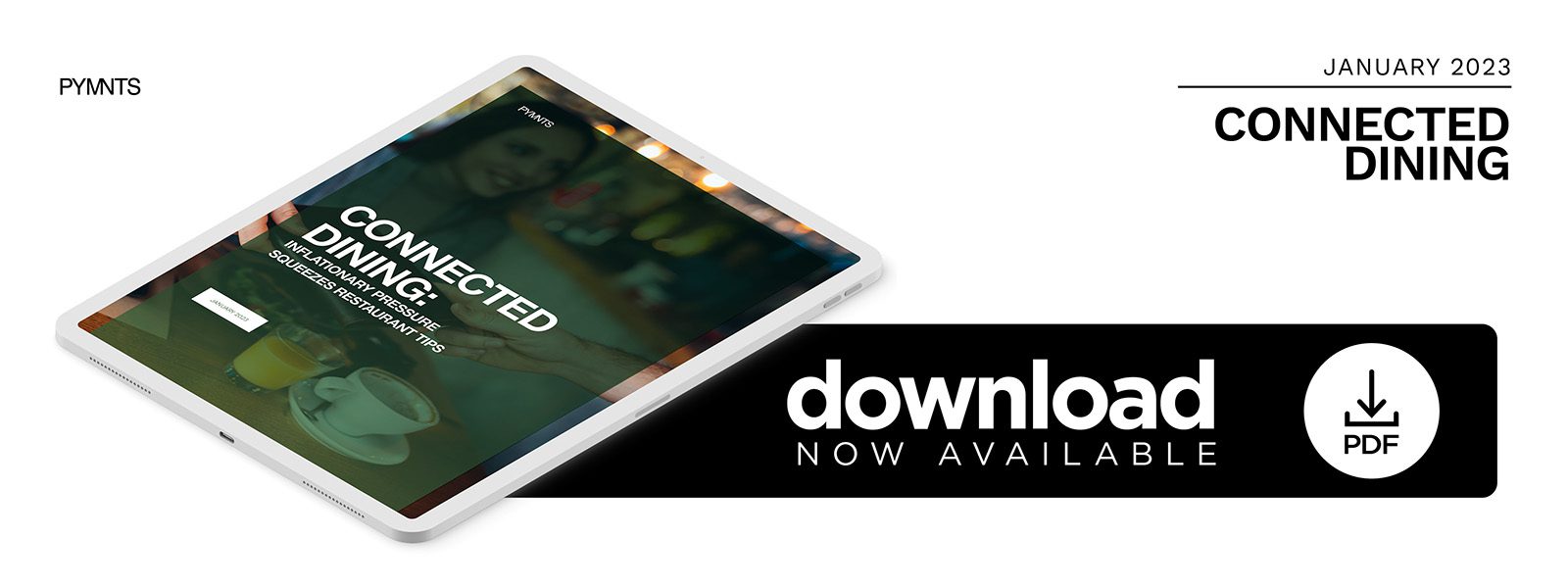Nearly 60% of Restaurants’ Best Customers Cutting Back on Tips
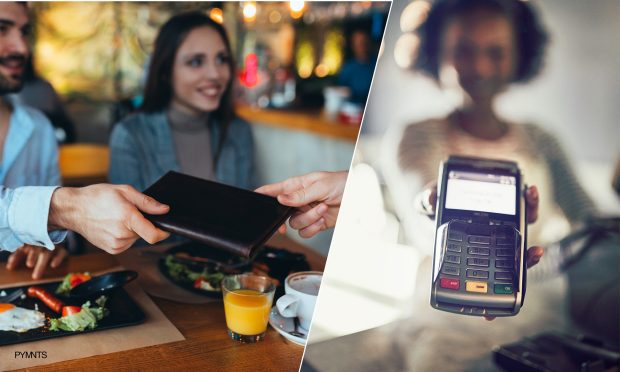
Few things are more enjoyable than a pleasant meal at a favorite restaurant, but consumers have had to contend with bigger checks of late, which appears to be putting a damper on the dining experience. PYMNTS’ data finds that some consumers say that as costs rise, their meals seem less satisfying. Although other factors can influence these individuals’ satisfaction, consumers’ appetite for dining out is simply not what it once was.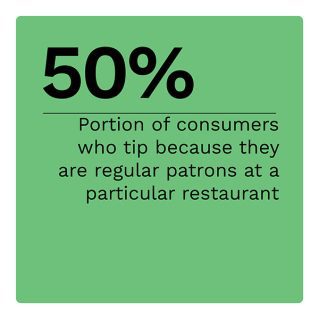
Although it is well known that inflation has been persuading some consumers to dine out less often, a lesser-known force is the pressure to tip. Thirty-one percent of consumers say they are eating at home more frequently to sidestep the pressure they feel about leaving a tip, and 39% of consumers say they are reducing the amount they tip. Because of these changes, like consumers, restaurants need to adapt to navigate the changing economic landscape.
These are a few of the key findings in this edition of PYMNTS’ Connected Dining series “Connected Dining: Inflationary Pressure Squeezes Restaurant Tips.” 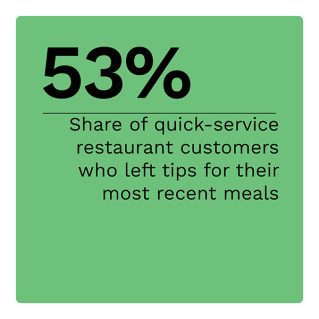 The findings are based on a census-balanced survey of 2,270 U.S. consumers who eat at least one restaurant meal each month, fielded from Dec. 7-18. We asked consumers about the frequency of their restaurant dining, inflation’s effect on their use of restaurants and how their tipping practices have evolved. Other findings include the following:
The findings are based on a census-balanced survey of 2,270 U.S. consumers who eat at least one restaurant meal each month, fielded from Dec. 7-18. We asked consumers about the frequency of their restaurant dining, inflation’s effect on their use of restaurants and how their tipping practices have evolved. Other findings include the following:
• Most consumers treat tips as an embedded cost of dining out — 75% of consumers paid tips for their last restaurant meal. Half of consumers tip because they are regular patrons at a particular restaurant. Thirty-four percent of consumers tip because they feel a tip is something the restaurant and staff expect them to do.
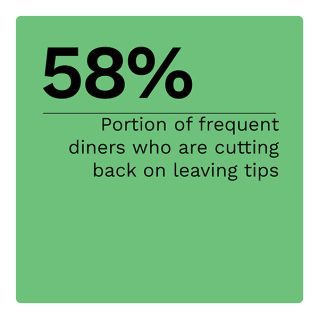 • As dining out becomes more expensive, consumers are more heavily scrutinizing the quality of restaurant service and food. PYMNTS’ data found that 29% of all consumers say they are tipping less because they perceive a worsening gap between the cost of the restaurant check and their satisfaction with the meal.
• As dining out becomes more expensive, consumers are more heavily scrutinizing the quality of restaurant service and food. PYMNTS’ data found that 29% of all consumers say they are tipping less because they perceive a worsening gap between the cost of the restaurant check and their satisfaction with the meal.
• Thirty-one percent of consumers say the pressure to leave a tip is persuades them to eat at home more frequently. Baby boomers and seniors are the least likely to eat out less because of the pressure to tip, but younger generations are more bothered — and thus more likely to stay home.
As consumers pay closer attention to the quality of their meals and the service they receive, restaurants are assessing the message customers are giving them by leaving smaller tips.
To learn more about how inflation has affected consumer frequency of dining out and how they tip when they do, download the report.
